-

Wish
You
Were
Here
Refinancing Iceland with tourism – but at what cost?By Arna Mathiesen
Illustrations by Friðlaugur Jónsson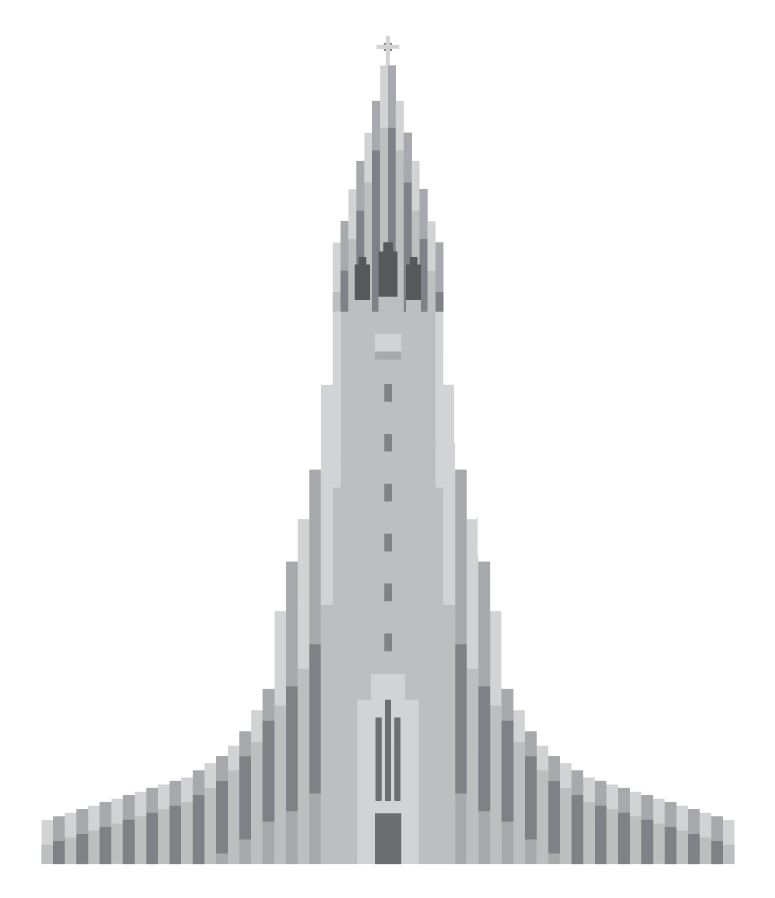
-

The Iceland-born architect and author Arna Mathiesen shares her view on the post-crash changes affecting her homeland and how the current all-out drive to entice more visitors to help replenish the state coffers is having as profound an effect on the infrastructure and architecture of the city centre as the earlier boom and bust.
Even today, departing and arriving is no small effort when it comes to Iceland. It was quite a feat in the ninth century to even find the country, lying as it does hundreds of kilometres from anywhere across rough seas. Settlers managed nevertheless to start whole new lives and for several centuries their descendants kept contact with the civilisation they left behind. In the early thirteenth century, after internal conflict weakened Iceland it became subjugated to Norway, which in turn was united with Denmark. Colonised and poor, most of the locals existed pretty much in isolation for a long time until Iceland finally regained sovereignty after the First World War, on December 1‚ 1918, followed eventually by full independence in 1944.
Despite the distance, more people are visiting Iceland now than ever before. The number of tourists almost doubled from 493,000 in 2009 to 997,000 in 2014. According to Arionbank’s estimates, 1.5 million are expected next year and an extraordinary two million in 2018.
Of course there have been many other visitors to Iceland before and since. Some of them, such as William Morris and W. H. Auden, even found the experience worth chronicling (in Icelandic Journals and the poem Journey to Iceland respectively).
Recently I listened with interest to a Norwegian architect describing his first visit to Reykjavík and how he hadn’t appreciated it until after he’d driven around the entire island, experiencing the way the buildings cling to hillsides, turning their backs to the northern winds, engaging in just enough dialogue with each other – but not too much – like occasional passers-by. Only then did Reykjavík start to make sense to him standing out as a special and fascinating type of urban fabric.
Previous page: Hallgrímskirkja Church, Guðjón Samúelsson, Reykjavík, 1945-1986.
-
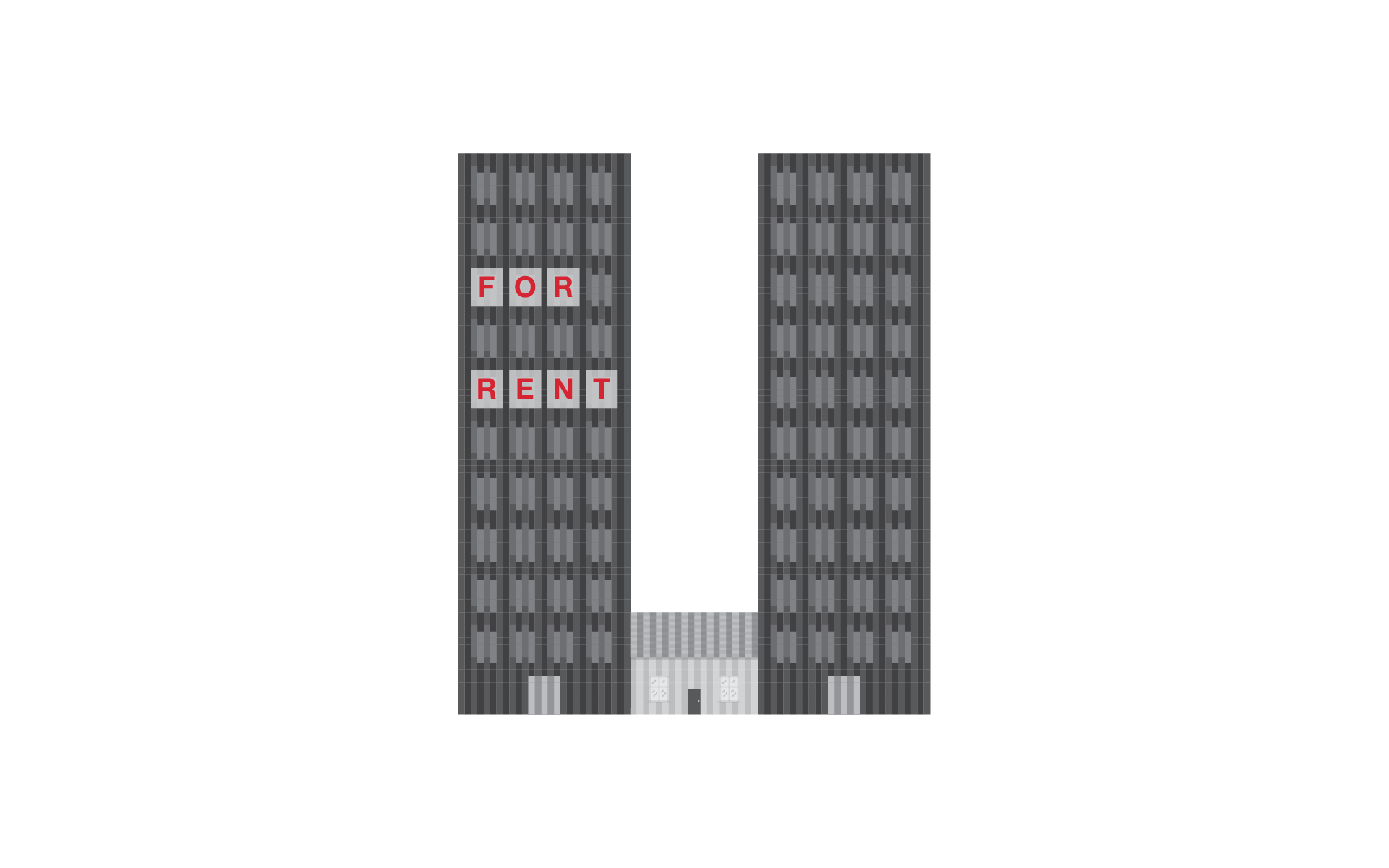
But that was before the building bubble, which led to financial meltdown in 2008, which in turn led to all the island’s banks having to be restructured from scratch. It was a boom fuelled by a finance sector pushing loans for expensive buildings and infrastructure, and shaped by dreams from the 90s, of global cities competing to attract creative, mobile populations who would come to live in shiny new high-rises and pay to enjoy culture in slickly designed objects like the giant Harpa concert hall. For Iceland’s modest population of just 350,000, this also meant the costly expansion of infrastructures, such as a new highway system around Reykjavík, intended as a grand entrance for visitors into what was planned to be a new tax haven: a capital of global finance.
The urban transformations of the noughties went hand in hand with a new influx of foreign nationals, though this didn’t play out entirely according to plan. Instead of creative workers occupying sleek buildings, the new residents were mainly construction workers from the Baltic countries and Poland who came to participate in the boom and then chose to stay on despite the recession that followed the crash, albeit in less glamorous neighbourhoods. While ideas can be exchanged for others if they don’t work out, newly built buildings tend to stay put. One of the remnants of the “global city” strategy that was already completed before the crash is a series of apartment towers by the waterfront rising dozens of stories above the old(ish) low-rise city centre (only a handful of its buildings are more than 100 years old), blotting out the views northwards to Esja mountain.
-

As the crash fades into the past‚ the “corporate subjects” (individuals or groups organised in holding companies) have re-emerged; people who invest in domestic architecture, not to live in it themselves, but for speculation and profit alone. So towers keep getting built. Many Icelanders, architects in particular, grieve for the loss of the character of the old city they once knew. Even if priorities have changed since the crash, obsolete masterplans still set the premise for new buildings that will dwarf the fine-grained city fabric, because developers threaten court action to secure compensation for any “theoretical” losses if earlier agreements are overridden.
The exponential growth in the number of tourists is a special challenge in this context. Since 2005 the number of overnight stays by guests has increased by over 146 percent (5.4 million in 2014 up from 2.2 million). The city centre is rapidly transforming into a hotel haven. Even though many existing buildings have gained new life, others are being extended or torn down and rebuilt larger, in order to hike up the total rentable square metreage.
Accommodation booked online through sharing economy platforms such as Airbnb or similar, is also an increasingly popular option amongst tourists and backpackers alike. It was estimated in June 2015 that some 4,100 private rooms in the capital were listed on such sites – the equivalent of all guesthouse and hotel rooms combined. This means some four percent of all Reykjavík apartments are rented out to tourists (compared to 0.4 percent in Berlin). Despite or perhaps thanks to the publicity generated by its recent natural and economic catastrophes it seems as if the whole world is seeking a resting place in Icelandic living rooms.
-

»The city centre is starting to feel more like a northerly version of the Costa del Sol.«
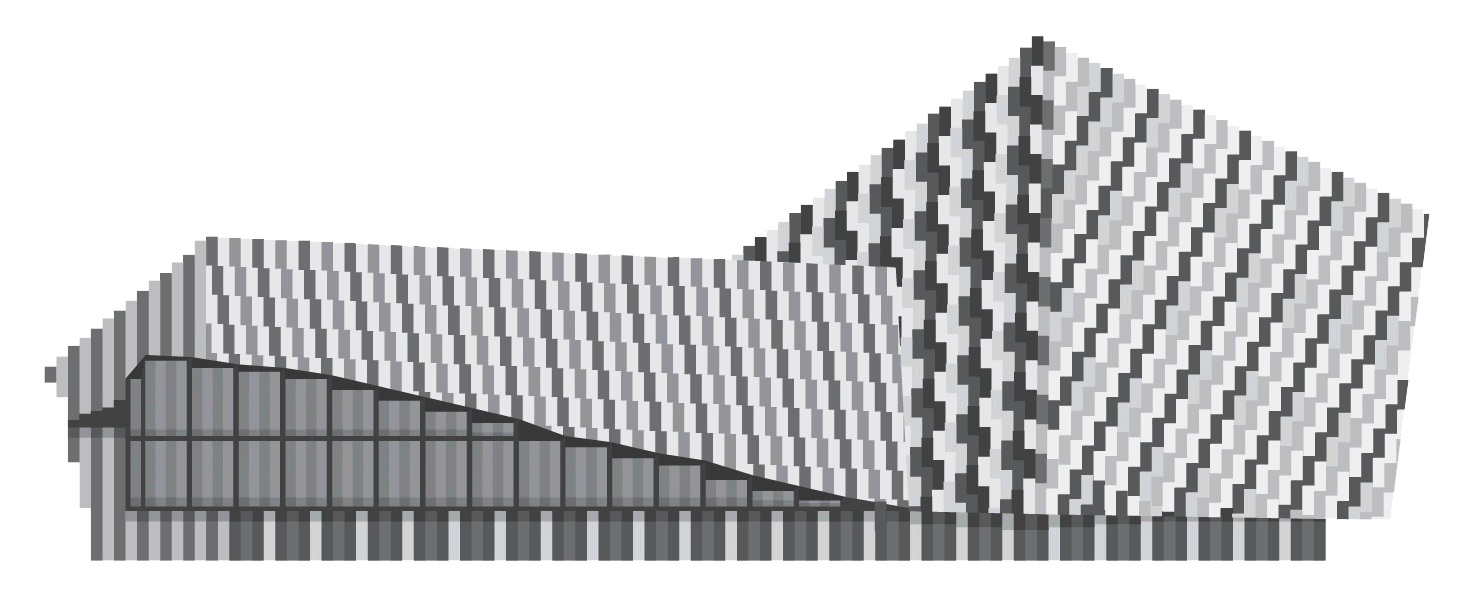
-
In place of occasional wanderers‚ lively hordes of selfie-stick-wielding travellers dressed in brightly coloured outdoor clothing now drift further and further across the island’s delicate landscape‚ in search of an ever more exotic experience. Some locals see this also as a sign that the world has finally woken up to how fantastic Reykjavík city centre itself is, although the increased traffic there is more due to the fact that it is where almost all the hotels are. Either way the city centre is starting to feel more like a northerly version of the Costa del Sol. Spurred on by government branding campaigns, whoever wants to come to Iceland is courted and welcomed to the centre of Reykjavík with open arms.
While tourists bring profits for some, they also bring disadvantages to others. The municipality gains little direct income from them, while bearing increased infrastructural burdens. The city centre, which was the only place in town with a certain balance in terms of density, is now being over-developed, whilst the rest of the city, which could really benefit from densification, is being ignored. In other words, this central densification makes the peripheral sprawl that resulted from the boom – a political taboo of the last seven years – look like an even bigger and all the more urgent problem to address.
In addition, the profit from tourists’ overnight stays comes at the expense of a desperate shortage in the rental market. Local long-term tenants can’t compete with travellers paying per night, and rental prices have increased over 29 percent since 2011. Meanwhile speculation in residential space has triggered a new real-estate bubble, with house prices up by 23 percent in the same period.
As a result, and despite the rise in economic growth, many locals are embarking on yet another set of travels, heading to neighbouring countries in order to find a brighter future and work to earn enough to pay their mortgages back home. Meanwhile, the jobs generated by the tourist industry will likely be met by guest workers from abroad.
-
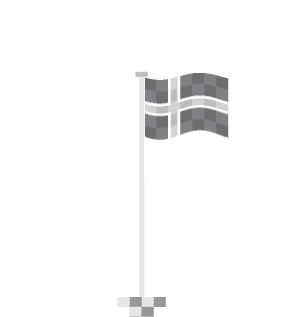
»Many Icelanders, architects in particular, grieve for the loss of the character of the old city they once knew.«
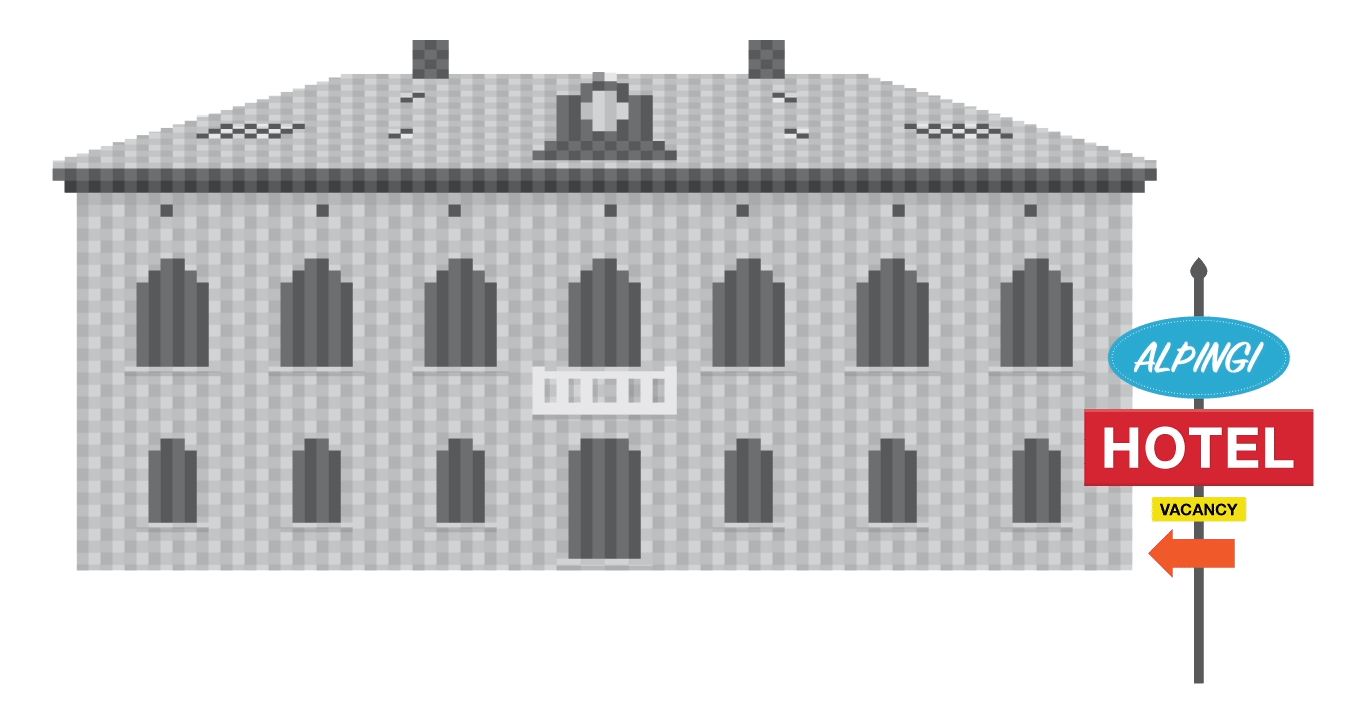
-
Arna Mathiesen grew up in the outskirts of the Reykjavík Capital Area, where the intersection between the urban and the wild was her playground. She spent a year studying philosophy and art history in her native Iceland, before embarking on her architectural education abroad, as this was not available in her home country at that time. She received a BA in Architecture at Kingston Polytechnic in the UK, studied architecture and sculpture in Oslo for a year and in 1996 completed a M.Arch at Princeton University.
Together with Kjersti Hembre, Arna is a founding partner of April Arkitekter AS, an architectural practice and research unit based in Oslo, with projects ranging from furniture to large housing estates and urban developments.
Arna recently led a case study on the Reykjavik Capital Area before and after the financial meltdown for The Oslo School of Architecture and Design. She was also the main editor of the recent book: Scarcity in Excess – The Built Environment and the Economic crisis in Iceland, published by Actar.
www.aprilarkitekter.no
Scarcity in Excess – The Built Environment and the Economic crisis in Iceland
Arna Mathiesen
Actar, 2014
250 pages
ISBN-13: 978-1940291321
issuu.com/actar/docs/scarcity
But is it always necessary to meet demand, howsoever it comes, with drastically changed infrastructure? Other lightly populated yet alluring destinations could be instructive here. The Kingdom of Bhutan, for instance, allows only a handful of heavily-taxed tourists to enter at any one time, claiming its present infrastructure can only support limited numbers, but that the tax income generated will help expand this.
While Bhutan’s policy appears to value gross national happiness over gross national income, in the case of heavily indebted Iceland one might conclude that it simply can’t afford not to do whatever it takes to refill the coffers – no matter the long-term price. The question is whose coffers are being filled? Your choice of host and the produce you buy next time you visit Iceland will decide.

And if you do visit soon‚ look out from Reykjavík city centre towards the old harbour and you will notice a rather unpleasantly gaping hole in the ground in front of the elaborate and well-proportioned façade of the Harpa Concert Hall, designed by a world famous artist. Consider now exchanging the view of this Ólafur Elíasson façade for that of a luxury Marriott hotel and shopping mall (due for completion in 2018), a project intended to cover 15 billion Icelandic Krona’s worth of the debts left behind from the construction of Harpa. Welcome to Iceland – enjoy the view! I
-
Search
-
FIND PRODUCTS
PRODUCT GROUP
- Building Materials
- Building Panels
- Building technology
- Façade
- Fittings
- Heating, Cooling, Ventilation
- Interior
- Roof
- Sanitary facilities
MANUFACTURER
- 3A Composites
- Alape
- Armstrong
- Caparol
- Eternit
- FSB
- Gira
- Hagemeister
- JUNG
- Kaldewei
- Lamberts
- Leicht
- Solarlux
- Steininger Designers
- Stiebel Eltron
- Velux
- Warema
- Wilkhahn
-
Follow Us
Tumblr
New and existing Tumblr users can connect with uncube and share our visual diary.
»Form follows feminine.«
Oscar Niemeyer
Keyboard Shortcuts
- Supermenu
- Skip Articles
- Turn Pages
- Contents


